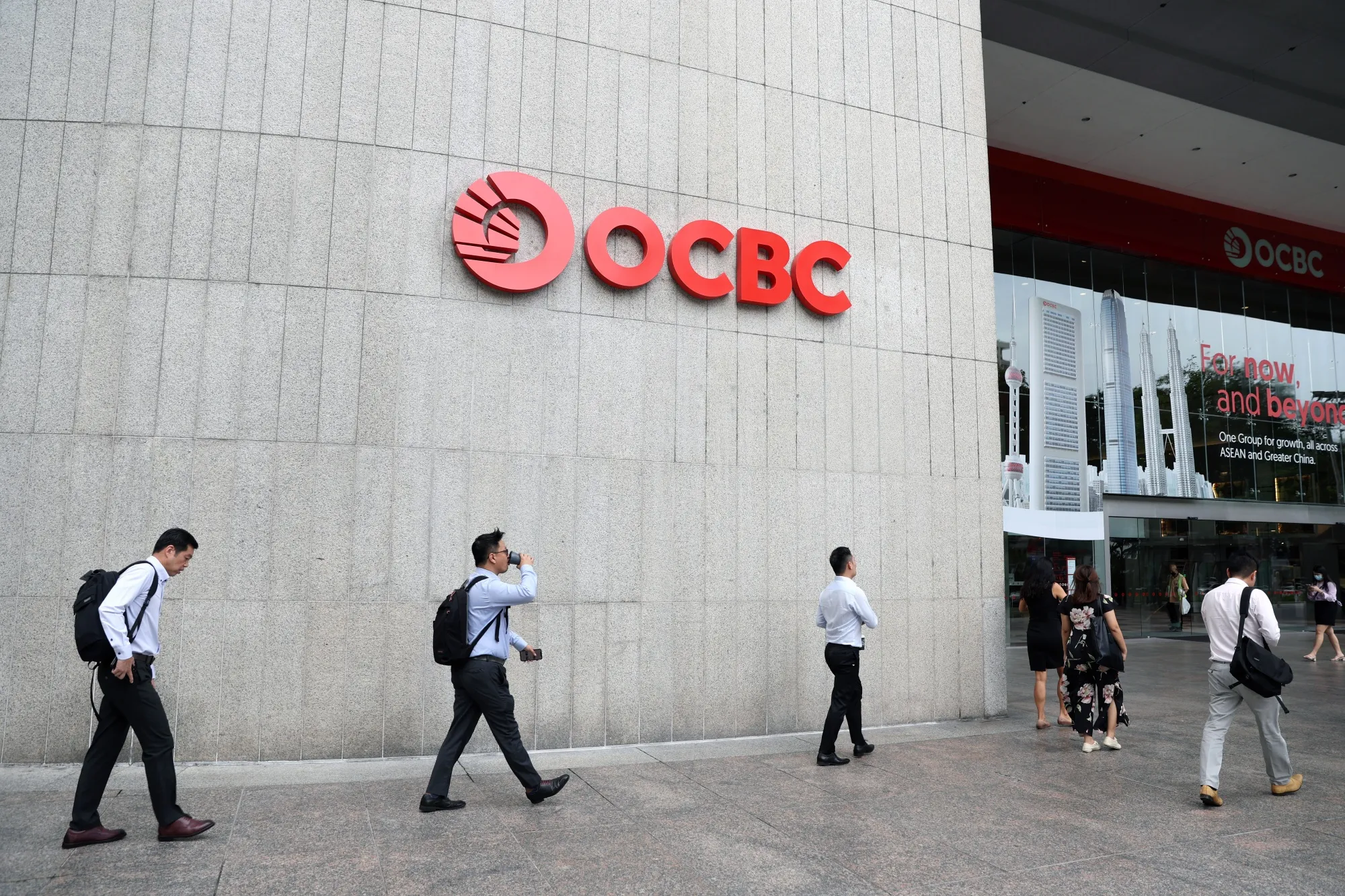Philippines growth slips as fiscal transmission weakens
OCBC cuts its 2025 Philippines GDP forecast below 5% after weak Q3 results and slow public spending. Consumption softens, credit tightens, and investment turns cautious, shifting growth from automatic to execution-dependent.

OCBC Bank’s decision to cut its 2025 Philippine growth forecast to below 5% is a sharp break from earlier expectations that the country would remain among Southeast Asia’s fastest-growing economies. The downgrade follows a weak third-quarter GDP print that pulled the nine-month average close to 5%, well under the government’s 6–7% target band. The revision signals a shift in how regional banks view the Philippines: not as a demand-driven outperformer insulated from global volatility, but as an economy losing momentum due to inconsistent fiscal execution and slower investment throughput.
The mechanism behind the slowdown is the public-spending transmission problem. The Philippines relies more heavily on government expenditure and infrastructure disbursement to drive incremental GDP than its ASEAN peers. When fiscal spending stalls — as occurred through delayed approvals and procurement bottlenecks — the multiplier effect weakens. Infrastructure outlays amplify private-sector capex, credit creation, and employment. When spending sequencing slips, credit flows decelerate and private investment defers. The weak Q3 result revealed that the public-spending engine misfired, lowering baseline growth capacity.
Private consumption, which historically cushioned downturns, is no longer providing the same lift. Real purchasing power has been squeezed by elevated food and transport prices, and household leverage has risen as consumer loans expanded rapidly during the 2022–2024 reopening phase. Remittances remain a stabilizer, but their marginal consumption effect has weakened: more inflows are going to debt service and savings, not discretionary spending. With inflation not yet decisively anchored, real income support is limited.
Credit and investment dynamics reflect the emerging caution. Banks are tightening underwriting standards for SME borrowers and property developers. Corporate sentiment surveys show a decline in planned capex for 2025, reflecting concerns about demand visibility and interest-rate persistence. Foreign direct investment flows have slowed, particularly in manufacturing and logistics, as global firms reassess footprint strategies and wait for regulatory clarity on investment incentives.
OCBC’s downgrade highlights a broader structural signal: growth is now conditional on policy efficiency, not policy ambition. The Philippines has one of the most aggressive infrastructure agendas in the region, but execution — not design — defines outcomes. When project timelines extend, the growth impulse is pushed out of the forecast horizon. The weaker Q3 print demonstrated that even temporary delays have meaningful macro impact.
The downgrade also reshapes market perception. Philippine equities have historically traded on a consumption premium, but the profit cycle now depends on the investment channel. If public spending is inconsistent, operating leverage in construction, cement, property development, and transportation will remain muted. Bond markets may interpret slower growth as disinflationary, but if fiscal revenue underperforms, sovereign issuance could rise, putting upward pressure on yields despite weaker activity.
Forward risks center on three variables. First, fiscal disbursement velocity. If spending accelerates early in 2025 rather than back-loaded into the final quarter, growth could still re-enter the 5–5.5% zone. Second, real-income recovery. Disinflation in food prices would release pent-up household demand and reduce the debt-service drag. Third, investment confidence. Clear sequencing of priority infrastructure and improved permitting could trigger faster private-sector participation.
The downgrade should not be viewed as a collapse in fundamentals. The Philippines retains strong demographic tailwinds, a young labor force, resilient remittances, and a diversified services base anchored in outsourcing and digital infrastructure. The difference now is that idling the fiscal engine has measurable macro cost. Growth in 2025 is not lost — it has been postponed by execution risk.
If fiscal disbursement normalizes, if private credit growth re-accelerates, and if food disinflation rebuilds household purchasing power, the economy can recover momentum in the second half of 2025 and into 2026. The investment case rests on a simple thesis: the fundamentals are intact, but the policy transmission needs to catch up.





